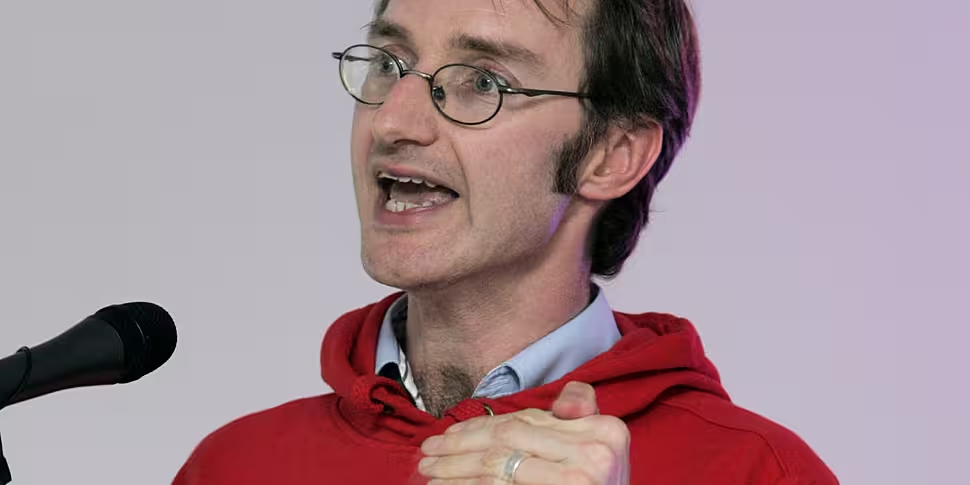Lower emission targets for the agriculture sector mean other areas will have to take up the slack.
That's according to director of Friends of the Earth, Oisín Coghlan.
He was speaking as the Government has agreed a pathway to cut economy-wide emissions by 51% by 2030.
This includes a 25% reduction in the agricultural sector.
The Government says the changes for agriculture will be voluntary, and there will be "generous financial incentives" in return.
However indicative targets were originally put at between 22% and 30%.
Oisín told The Hard Shoulder: "This is disappointing - we needed more from agriculture because it's the largest emitting sector.
"We have a legally binding commitment now to reduce our overall emission by 50%.
"And if agriculture's only doing 25%, that means other sectors - motorists, householders, the electricity sector - have to go above and beyond the already challenging and demanding targets that were set over the last few months for them, and go even further now to take up the slack for that five percentage points that the Government is letting agriculture off."
He believes this means the achievability of the targets is stretched for all sectors.
"On the other hand, it does show that... the IFA doesn't get to decide climate policy in the way they used to.
"Tens years ago they were able to kill a climate law within weeks because they didn't like the idea of targets at all".
And he says these are now set in law.
"We have a 50% target in law - we now have binding ceilings for this Government and the next government.
"These ceilings don't change, don't fall if the Government falls.
"And really what this means next is we have to get on with it."









